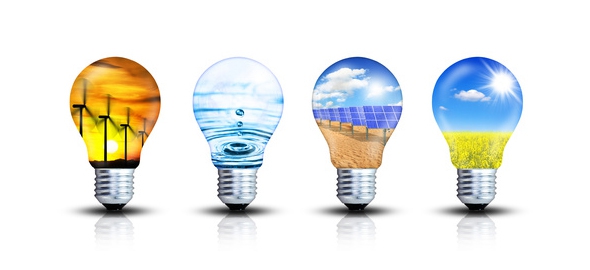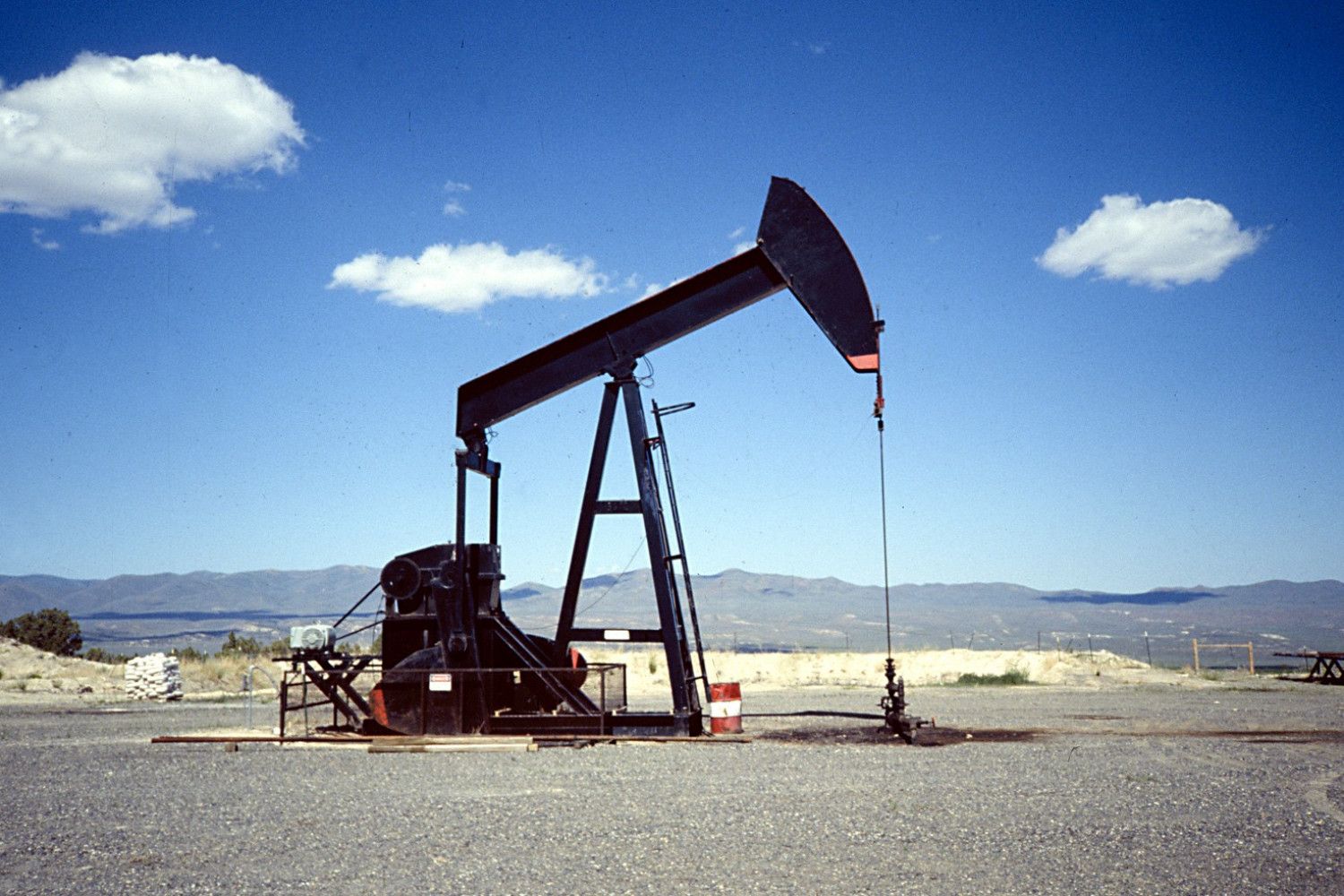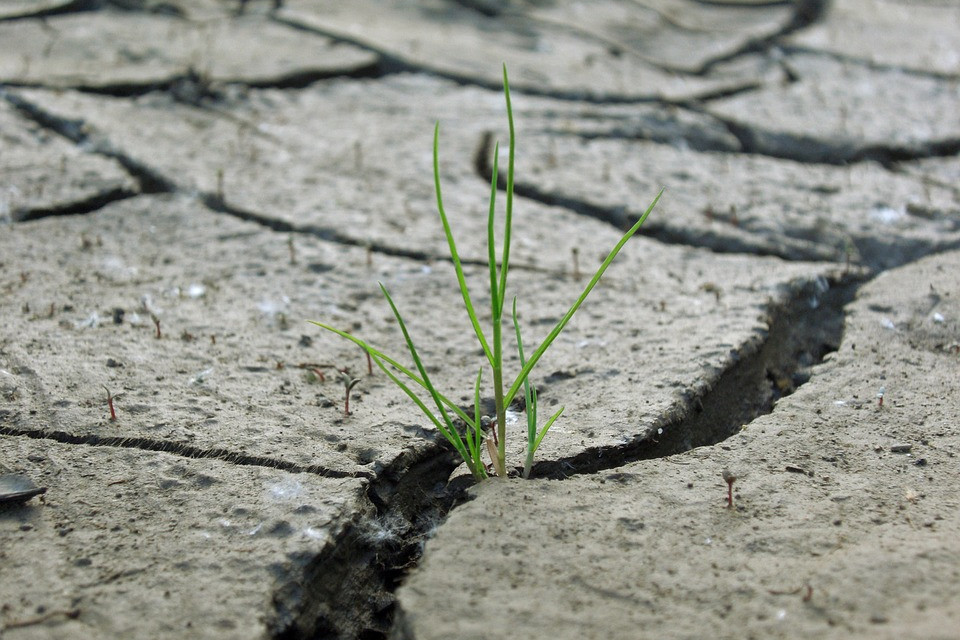
Very often, when we talk about the energy crisis, it is customary to think of a quantitative depletion of primary energy sources (oil, for example). However, the energy crisis that we "really" face goes beyond this. It is more correct to define the current scenario as the crisis of the current energy model in the last two centuries. That is, what is in crisis is the energy model based on energies from fossil sources, whether some of them are running out or not.
An energy model is defined as the set of sources of primary, secondary and final energies, in addition to the preservation and dissemination activities employed by a particular society in a particular historical process. This definition includes, therefore, technical elements (technology, infrastructure,...) necessary to transform primary energy into useful final energy but also, and much more relevant way than usually is often taken into consideration, elements linked to the type of social organization and relation to the government that are established within it.
From this perspective, an energy model has established itself as hegemonic when it is best suited to the dominant social model and enter into crisis when this adaptation stops happening. This leads us to the concept of energy transition which starts when the hegemonic energy model ceases to be accepted by society and ends when another energy model -technically and economically viable- is accepted by the new emergent values.
In this sense, what has occurred in recent decades, at least in Western countries, is a change in these values when it has become evident that the energy model that has been dominant over the last two hundred years and which it is based on primary sources of fossil fuels (oil, coal and uranium) has become ecological unsustainable. This mismatch between social values and the energy model should lead to the beginning of a energy transition towards one based on renewable primary energy sources.
Renewable energy sources never run out
A renewable energy source is a primary source that never runs dry, unlike fossil fuels. Among them, the sun (solar), air (wind), water (waterfalls in rivers -hydroelectric- and ocean waves -wave motion-), the heat of the earth (geothermal) and various types of biomass (which, broadly, would range from firewood to some biofuels). An important element of these sources, and that has to be taken into account carefully in shaping the energy model that could be derived from them, is that they are, to a greater or lesser extent, public goods (the sun and air the least, the biomass the most) on which in principle property rights cannot be imposed.







